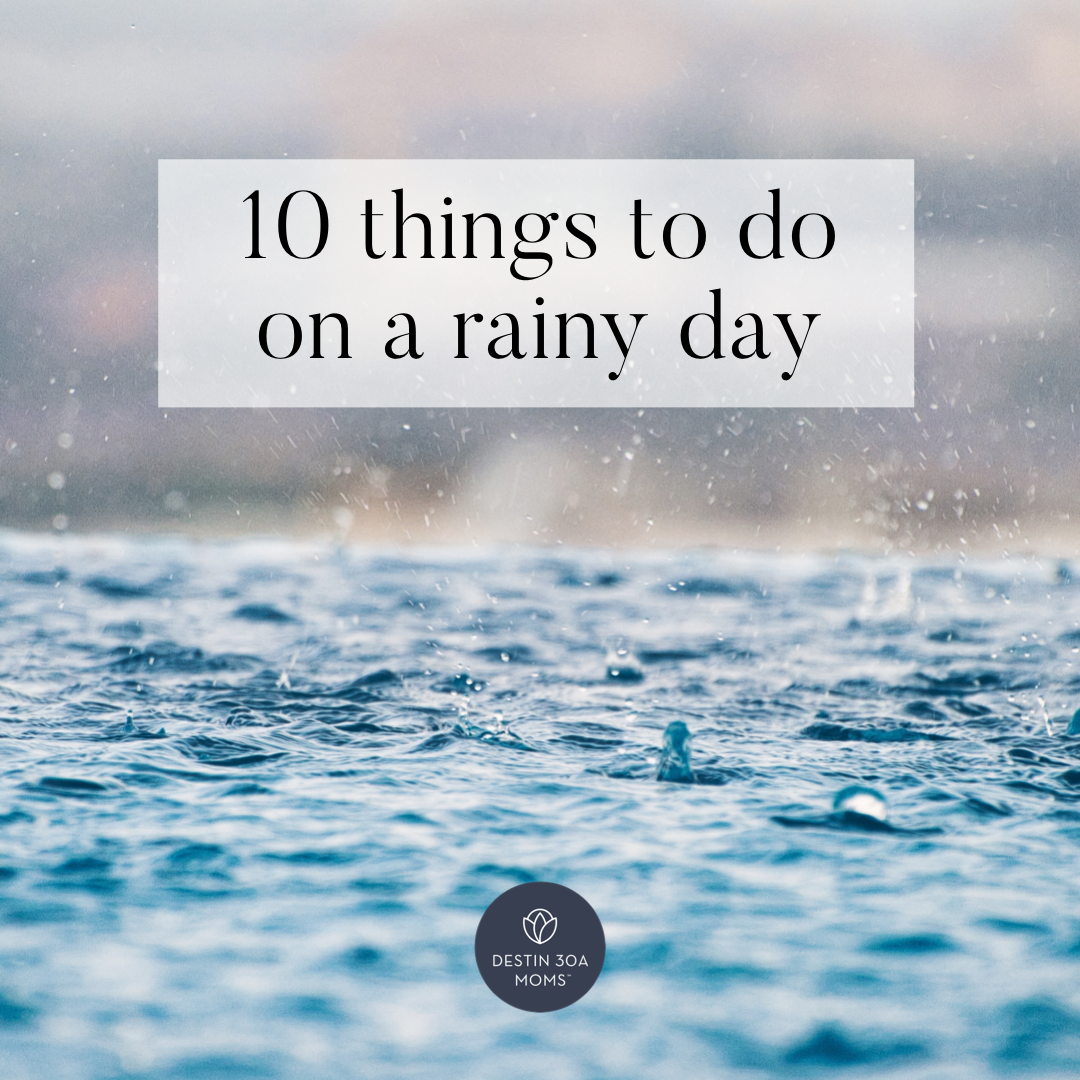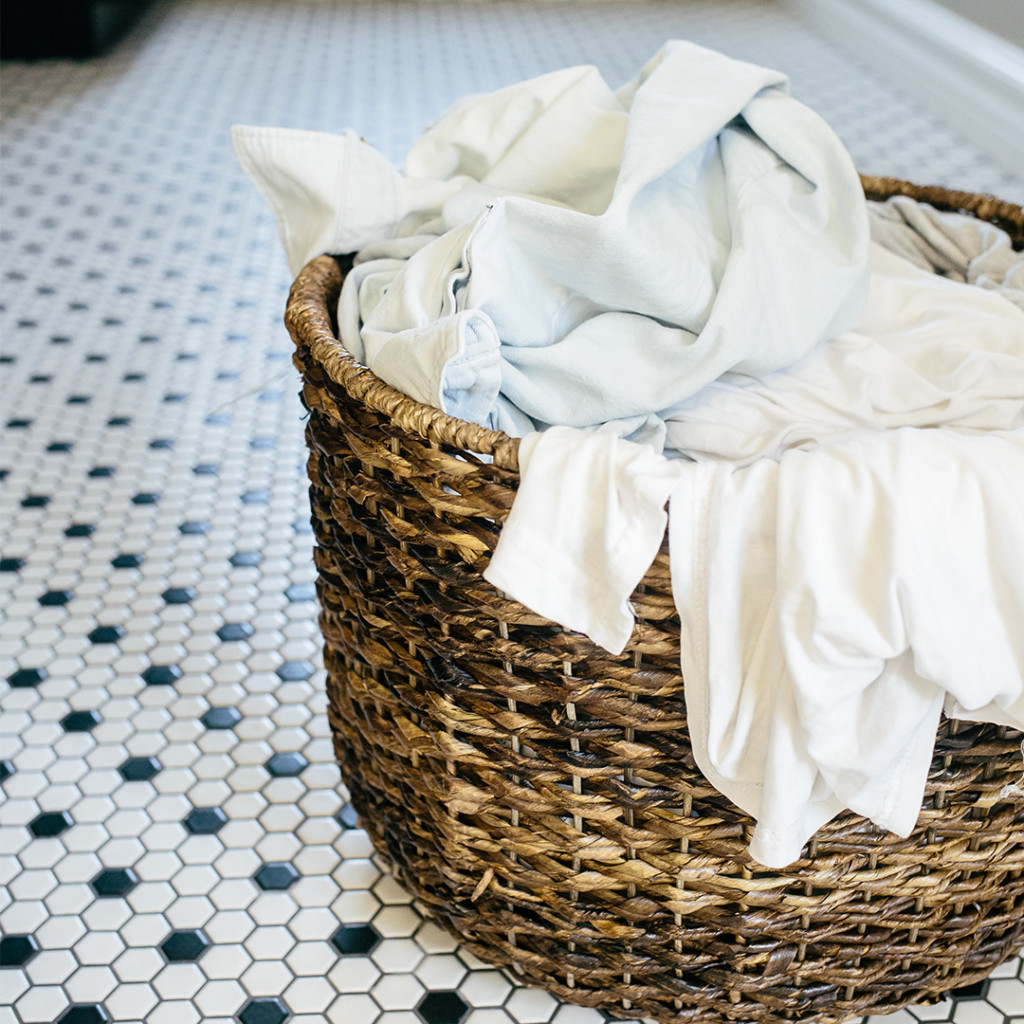
If you are curious about or decided to home educate your child or children and are exploring the “classical” approach to education, I would love to share with you my biggest tip for making classical education approachable in your home. I am not a classical education purest. I love Charlotte Mason’s ideals and use many Montessori methods in my own home. What I love about classical education is the rigor and the breadth of the educational possibilities. But when you are homeschooling 5 children (ages 11, 7, 6, 3, and not quite 2) a pure classical education is nearly impossible. However, the CORE of classical education is possible:
Repetition, repetition, repetition; which leads to mastery.
And order. “Orderly chores form orderly minds and orderly minds and orderly lives go together.”
Repetition and order are two educational tenants I firmly believe in as do Montessori teachers and even unschooling ideals. It just looks different.

So, my biggest discovery, in the last 6 years of homeschooling, to making classical education approachable at home is finding a repeating routine that is obvious enough to generate order (and security) but also flexible enough for those human days (aka bad homeschooling days).
So after much trial and error I realized that the repeating routine which resulted in the best order was a daily repetition of three core subjects. This basic routine could happen at home or at the park one on one while little siblings play to their hearts content. This routine could also be done first OR later in the day (during nap time). Basically, these are the cognitive lessons for the day, and should be done first according to the experts, but when you’re educating your own precious humans sometimes a good long walk first will suit you better than diving headstrong into school.
The Routine
English Lessons
Math Lessons
Writing Lessons
English Lessons. This time is also to include the introduction to a spelling list or rule being studied and vocabulary review if you have any in your student’s writing or reading curriculum. We primarily use this time to complete our verbal grammar lessons and incorporate minimal writing or I just save the writing for the writing lessons. For preschool age this is phonics or letter recognition. I’ve noticed recently that doing the verbal question/answer lessons first seems to generate relational connection. And a good relationship is what makes the best educational experience. On a bad homeschooling day I simply read out loud to my children from a quality piece of literature that they enjoy (which usually corresponds to our science or history focus for the year) and then let them narrate back to me their favorite part or illustrate a picture of the reading.
Math Lessons. Now, that the connection is established it is time for a math lesson from your math curriculum. But if it is a bad homeschooling day 10-30 minutes of a math game or math read aloud can get the math job done for elementary students. For older students consider this game or reading a selection from Archimedes and the Door to Science. And never ever underestimate the value of reading out loud to your child, no matter their age and no matter the book.
Writing Lessons. Last come the writing lessons which can simply be writing out the spelling or vocabulary list or for older students this is full on outline and paper writing from your chosen writing curriculum. On bad homeschooling days, I simply substitute free drawing or painting with Draw Write Now books or Draw and Write Through History.
I hope this routine inspires your home education experience or if you’re curious about classical education it makes it feel more doable! I’d love to connect with you @LivvyRoberts











